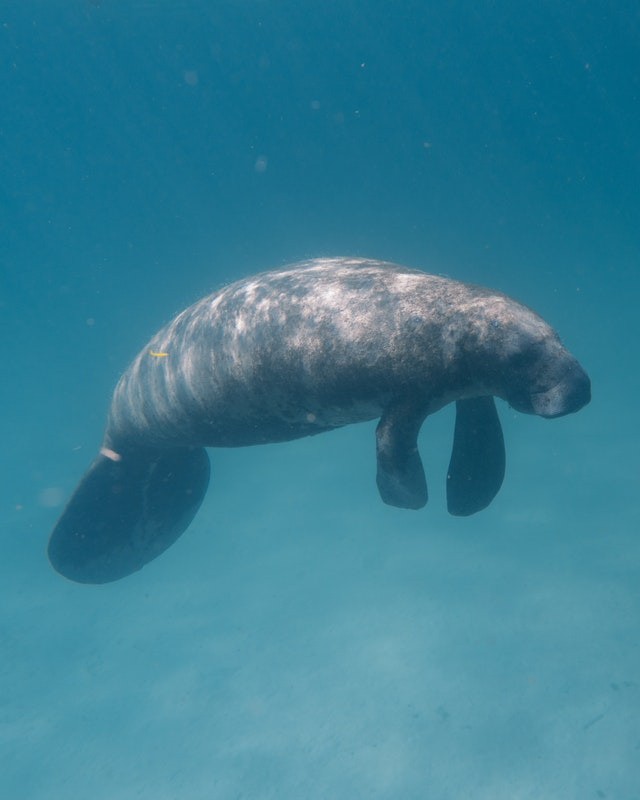
In early 2021, the Sunshine State was struck by a series of cold fronts. When more manatees died, experts began to piece together the puzzle: the temperatures weren't cold enough for too many to be dying from hypothermia but atrophied organs and a large number of dead adults pointed to starvation.
Devastating Numbers
The number of deaths this year, at 432, is almost three times the five-year average of 146 deaths between January 1 and March 5, according to the South Florida SunSentinel, which cited Florida Fish and Wildlife Conservation Commission estimates. The state reported 637 manatee deaths last year and 607 this year.
"It's this mix of cold weather, a decline in where manatees can go, and low water quality in certain areas where manatees can go as a result of human activity and other events, which has resulted in these grass die-offs," Jaclyn Lopez, Florida director of the Center for Biological Diversity, said.
According to the newspaper, Brevard County has the most deaths with 179, several of the deaths occurred along the Indian River, a popular spot for warm water gathering. Manatees swim out to feed on seagrass, which is their primary food supply. They aren't discovering as many as they used to, so they head to the warmer water starving.
Living Conditions

"A manatee would prefer death by starvation over death by freezing," Lopez said.
According to officials, 41 people have died as a result of cold stress so far. Officials confirmed 52 manatee deaths due to cold stress in 2020.
According to Patrick Rose, a marine biologist and executive director of the Save the Manatee Club, manatees typically reside in the Banana River or Mosquito Lagoon. Both are located in the northern end of the Indian River Lagoon. However, the lack of seagrass in that region is pushing them to relocate.
Algae Plague
According to the newspaper, the southern end of the Indian River Lagoon has been plagued by algal and phytoplankton blooms. The infusion of fresh water and nutrients from Lake Okeechobee has stressed the system and wiped out much of its seagrass.
Manatees in the Indian River Lagoon are expected to migrate to areas with more plentiful seagrass and other marine plants as the weather warms this spring and summer. Fewer manatees should perish, according to de Wit, but they are creatures of habit. They'll almost definitely return to the lagoon next year, and if the weather is too cold elsewhere, they'll be stuck there once more-and die.
According to Rose, there are likely more manatee deaths than the state has reported, and the reasons cannot be correctly attributed.
Rescue Initiatives

Although the state wildlife commission rescues sick and wounded manatees, manpower constraints and limitations caused by the coronavirus pandemic have resulted in about 70% of the deceased manatees not having necropsies to ascertain their causes, according to Rose.
"When you have a true science view of what's going on, you're still better off," he added.
ALSO READ: Freshwater in Danger: Marine Giants Face Extinction Risks
For the most recent updates from the animal kingdom, don't forget to follow Nature World News!
© 2025 NatureWorldNews.com All rights reserved. Do not reproduce without permission.





